Nissural Hapeh Snuff – (New!!)
$37.00 – $155.00
Katukina Nissural Hapeh Snuff
This sacred blend comes from the Katukina people. This medicine is a mixture of three plants Murici, Cumaru and Tsunu. In mixing these three herbs, their healing power is heightened. It is an earthy and robust blend, worthy of a good application and a strong cleansing. It is one of our strong masculine blends that will get your feet strongly planted in Mother Earth. A poignant and centering medicine known to support sleep and cease head aches.
All of our rapéhs are ethically sourced from indigenous people and intentionally produced with the wisdom, intentions, and prayers of their humble shamans that want to continue living in harmony with our Mother Earth.
The Traditional Rapé snuff is normally made of tobacco powder and other herbs along with different tree ashes blended into fine scented powder that is blown into the nostrils. It has been used since the olden days during different periods and occasions. It has been used by local tribes in the forest who use it for numerous purposes such as medicine for treatment and healing and ceremonial activities. It is known to increase and improve brain activity and provide healing properties to the body.
The work that we do, the products we offer come from the tribes and villages of the rainforest. These are the people that protect, nourish and preserve the rainforest, they are only there with the help of people like us, that are willing to do the work of reaching them and supporting their lifestyle and hard work. All of our products are 100% organic, made by actual tribes, with the prayers and intention of humble people wanting to continue living in harmony with our Mother Earth.
Other Indigenous Rapé Snuff:
Rapé Snuff – Tsunu Rapé – Yawanawá Rapé – Nukini Rapé Snuff – Kuntanawa Yawanawá Rapé
What is the ritualistic practice of sharing hapeh?
The ritualistic practice of sharing hapeh is deeply rooted in the traditions of Amazonian tribes. It involves a series of ceremonial activities aimed at transferring the healing power of the forest to the recipient of hapeh. These rituals often feature unique chants that serve to activate the force of hapeh and bestow its potent healing properties upon the individual partaking in the ritual. Sharing hapeh is a sacred act that not only connects the participants with the natural world but also serves as a means of invoking the therapeutic qualities of the forest.
What is the significance of hapeh from the indigenous point of view?
From the indigenous point of view, hapeh holds immense significance as a sacred shamanic snuff medicine with powerful healing properties. It is meticulously crafted using a blend of medicinal plants, each serving a specific purpose that ranges from inducing visions to providing energy and enhancing the senses with the captivating fragrance of the plants employed in the mixture. It is crucial to note that hap recipes vary as myriad medicinal plants can be incorporated into its preparation, and these recipes are often regarded as closely guarded secrets by the tribes. Sharing hap is deeply rooted in tradition and carries a ritualistic nature among Amazonian tribes. It is not simply a casual exchange, but rather a deliberate practice that involves specific chants aimed at activating the potent forces of hapeh and bestowing the healing power of the forest upon the recipient of hapeh. The significance of hap expands beyond the boundaries of the Amazon, as it has been introduced to the Western world through ayahuasca ceremonies conducted by traveling shamans and individuals who have had the privilege of residing in the jungle alongside indigenous communities.
Which tribes traditionally used hapeh?
The tribes that have a long-standing tradition of using hapeh as a cultural practice include the Katukina, Yawanawa, Kaxinawa, Nukini, Kuntanawa, Apurin?, Ashaninka, and Matses, among others. These tribes have distinct customs and practices associated with hapeh, such as creating their own unique blends and employing various techniques and rituals for the preparation and consumption of the herbal snuff. From specific songs sung during rapeh rituals to different methods of preparation, each tribe possesses its own rich heritage and knowledge surrounding hapeh usage.
Who continues to use hapeh in the Amazon basin?
In the Amazon basin, there exists a multitude of indigenous tribes that have long been practitioners of hap usage. These tribes, including but not limited to the Katukina, Yawanawa, Kaxinawa, Nukini, Kuntanawa, Apurinã, Ashaninka, and Matses, have upheld the tradition of employing hap in their cultural rituals. Each tribe has its own distinct variations, blending specific herbal mixtures and employing unique methods for preparing the snuff. Alongside these practices, the tribes often incorporate traditional songs that are sung during the rap rituals, adding an extra layer of cultural significance to their continued use of hapeh in the Amazon basin.
When was the practice of consuming powdered plant medicines through the nose first observed?
The practice of consuming powdered plant medicines through the nose was first observed among the Brazilian indigenous tribes and has been in existence since pre-Columbian times. Thus, it is an ancient tradition that dates back to a time prior to the arrival of Europeans in the Americas.
How are the effects of hapeh experienced?
The effects of hapeh are known for their rapid onset and intense experience, primarily due to its method of administration. Hapeh is typically consumed by inhaling powdered snuff through the nose, which allows for quick absorption through the nasal membranes. This direct route of administration facilitates a more immediate and powerful impact on the body and mind, leading to the swift and intense effects of hapeh
Related
| Weight | N/A |
|---|---|
| Dimensions | N/A |
| Weight | 10 grams, 20 grams, 50 grams, 100 grams |
Be the first to review “Nissural Hapeh Snuff – (New!!)”
You must be logged in to post a review.
This site uses Akismet to reduce spam. Learn how your comment data is processed.



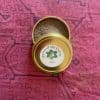
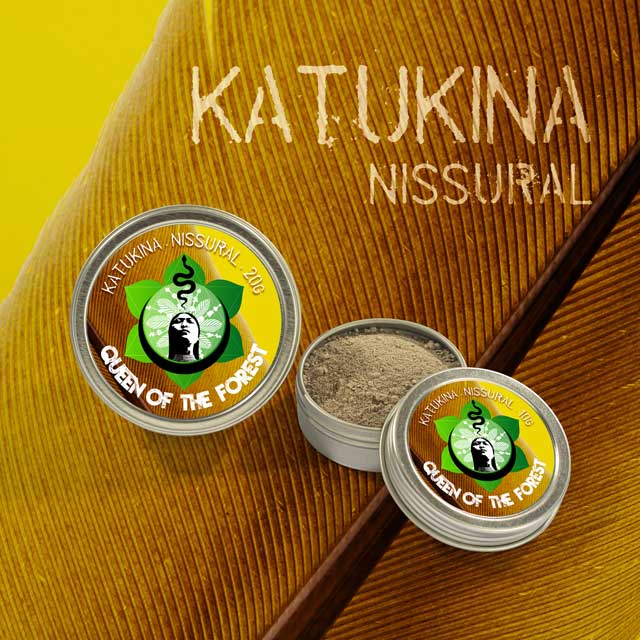
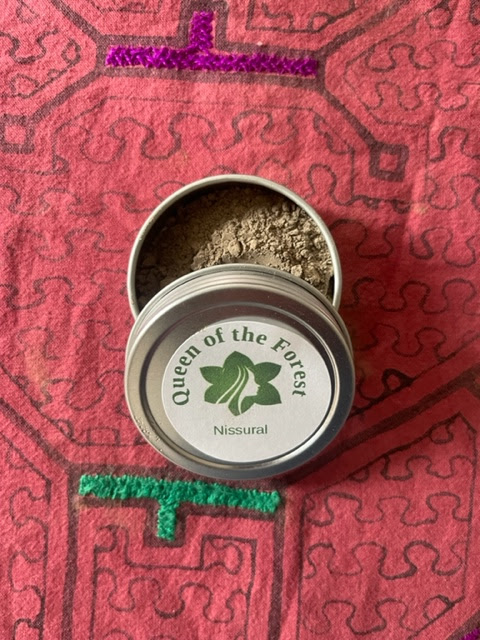
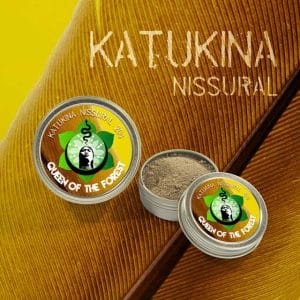

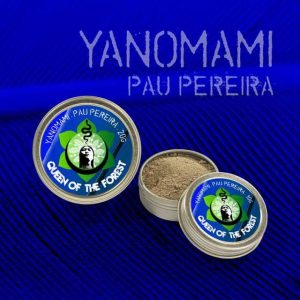


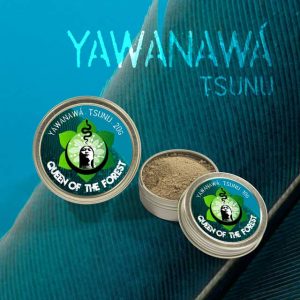

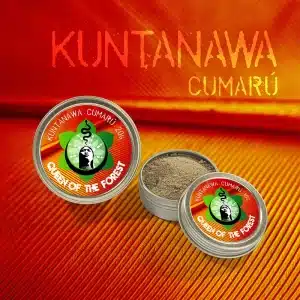
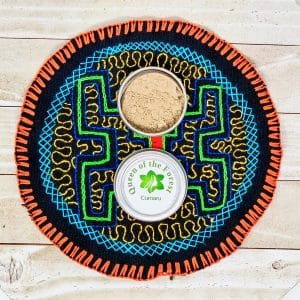
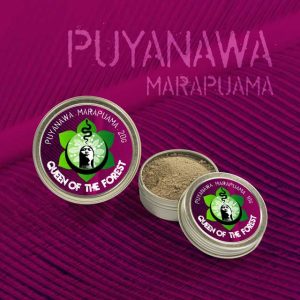
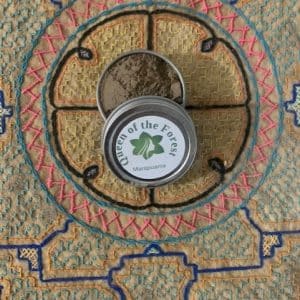
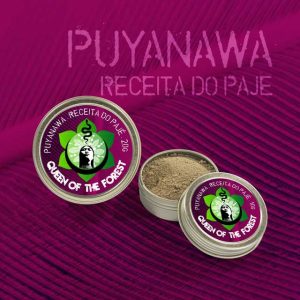
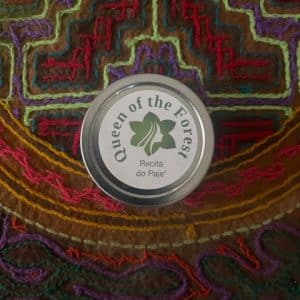
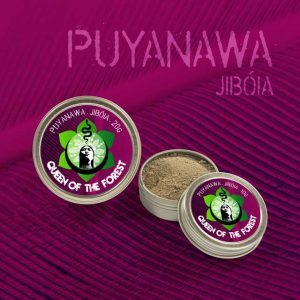
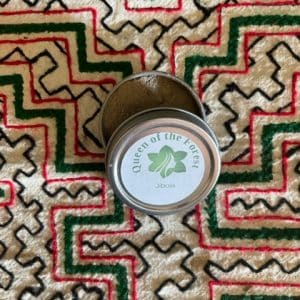

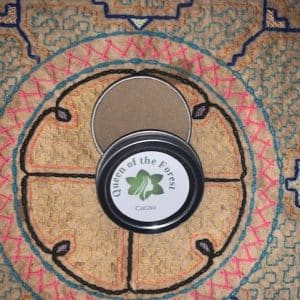
Reviews
There are no reviews yet.